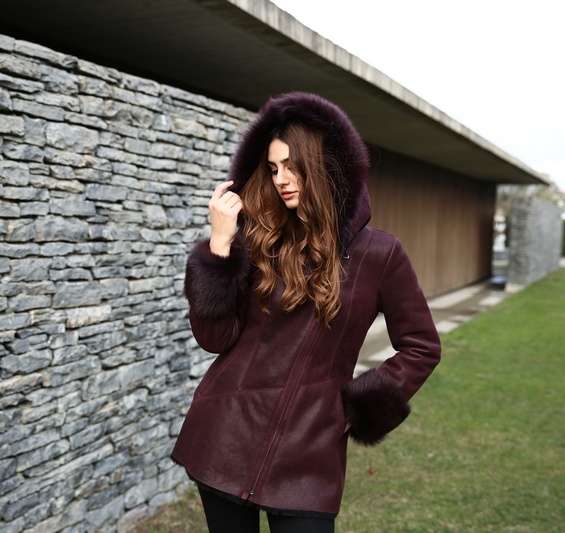Leather, a material revered for its durability, versatility, and timeless appeal, has woven its way into the fabric of human history since ancient times. From its humble beginnings as a necessity for survival to its current status as a symbol of luxury and style, the history of leather products is a captivating narrative that spans centuries and continents.
**Origins and Early Uses:**
The use of leather dates back to prehistoric times, when early humans discovered the incredible properties of animal hides. These hides provided protection from the elements, offering a sturdy barrier against harsh weather conditions. Over time, primitive societies began to experiment with treating animal skins using various methods, such as tanning and smoking, which led to the development of rudimentary leather production techniques.
**Cultural Significance:**
As civilizations emerged and cultures flourished, leather gained symbolic significance across the globe. In ancient Egypt, leather was employed to create sandals, belts, and intricate armor for warriors. The Greeks, renowned for their appreciation of aesthetics, crafted ornate leather sandals adorned with intricate designs. Roman legions utilized leather for military uniforms and footwear, showcasing its durability and practicality in battle.
**Medieval Craftsmanship:**
The Middle Ages witnessed the rise of skilled leather artisans who transformed the material into exquisite works of art. Leatherworkers, often organized into guilds, produced finely tooled leather goods, including ornate book covers, saddlebags, and elaborate garments. Leather’s durability and malleability made it an invaluable resource in an era where craftsmanship was revered.
**Renaissance Elegance:**
The Renaissance marked a period of revival in arts and culture, and leather products were no exception. European courts patronized talented leatherworkers who created intricate tapestries, sumptuous upholstery, and beautifully embellished accessories. Leather became synonymous with opulence, making its way into the possessions of nobility and aristocracy.
**Industrial Revolution and Modernization:**
The advent of the Industrial Revolution brought about transformative changes in leather production. Innovations in machinery and chemical processes revolutionized tanning techniques, making leather more accessible to the general population. This era saw the mass production of leather goods, including shoes, gloves, and bags, catering to a growing middle class.
**Leather in Contemporary Times:**
In today’s globalized world, leather remains a symbol of quality, style, and craftsmanship. Modern leather production employs advanced techniques while also emphasizing sustainability and ethical sourcing. The luxury market showcases leather’s enduring appeal, offering a wide range of products, from designer handbags to premium footwear.
**Conclusion:**
The history of leather products is a testament to humanity’s ingenuity, creativity, and resourcefulness. From its utilitarian origins to its current status as a fashion statement, leather has played an integral role in shaping cultures and societies throughout history. Its journey, marked by innovation and artistry, continues to inspire us to appreciate the beauty and versatility of this timeless material. As we adorn ourselves with leather goods today, we pay homage to the artisans and civilizations that have left their indelible mark on the evolution of leather craftsmanship.



1 Comment
Cindy Jefferson
Donec vitae egestas velit, vitae fringilla nunc. Aliquam accumsan justo a accumsan tristique. Nulla sed lectus at mi porta mollis. In quis sem ac erat iaculis lacinia. Duis quis lorem ac est vestibulum ultricies id a dolor. Sed dapibus sapien risus, in dignissim libero pulvinar et. Mauris sed turpis est.